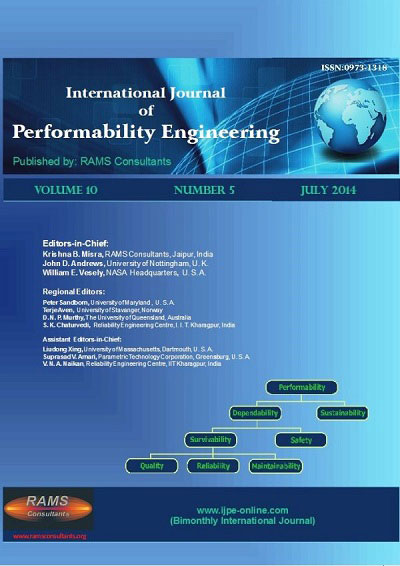-
Hotspots, Theme Structure, and Development Trends on Maker Education: A Quantitative and Co-Word Analysis
- Haiyan Xie, Jianhou Gan, Bo Zhao, and Ying Xiong
-
2018, 14(11):
2742-2751.
doi:10.23940/ijpe.18.11.p20.27422751
-
 Abstract
Abstract
 PDF (893KB)
PDF (893KB)

-
References |
Related Articles
The cultivation of innovative talents is the focus of the education field in every country. In recent years, Maker Education (ME), as one of the ways to promote innovation of education, has become a key research area. By means of quantitative and qualitative analysis of the research literatures in recent years, it is possible that scholars have a relatively more comprehensive command over the latest subjects, and this can provide some directions for scholars when launching other studies to promote the sustainable development of ME. In this paper, the research hotspots, theme structure, and development trends of ME were surveyed based on literatures in CNKI (China National Knowledge Infrastructure). Firstly, among all the extracted keywords, 33 high-frequency keywords representing research hotspots were identified. Secondly, the status and relationship of the research hotspots were calculated and described through social network analysis (SNA). Finally, three research themes were classified by cluster analysis, and their distribution was depicted in a two-dimensional map. In conclusion, the results show that the current research direction of ME in China mainly revolves around two main lines and three research theme areas. Although China has made some achievements, the development of ME is still immature and unbalanced, and four development trends will be the research focus in the future.

